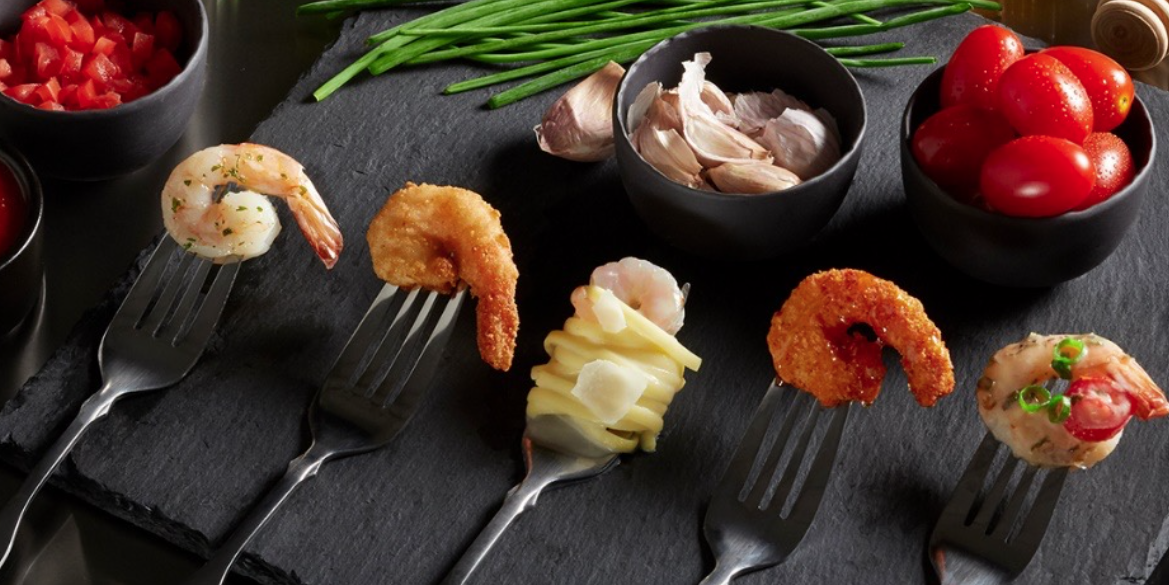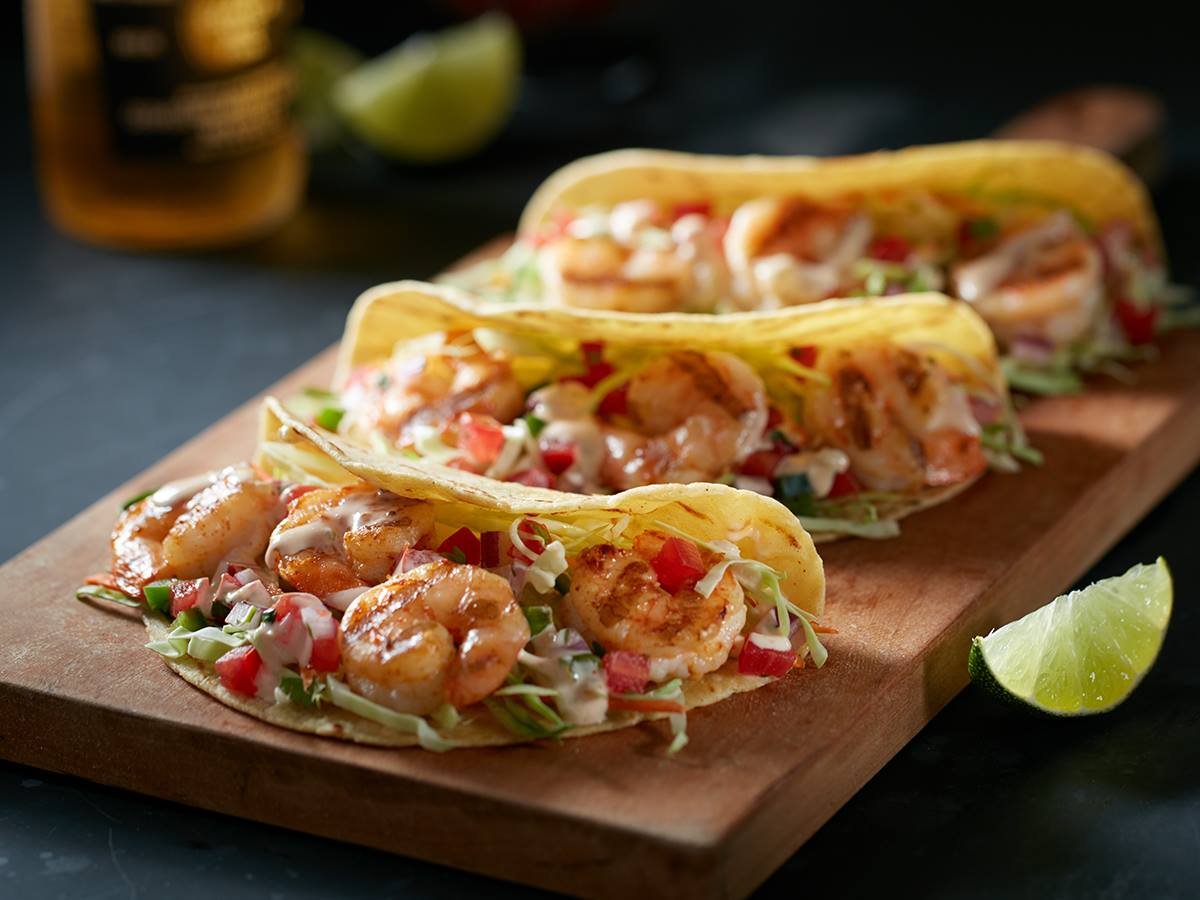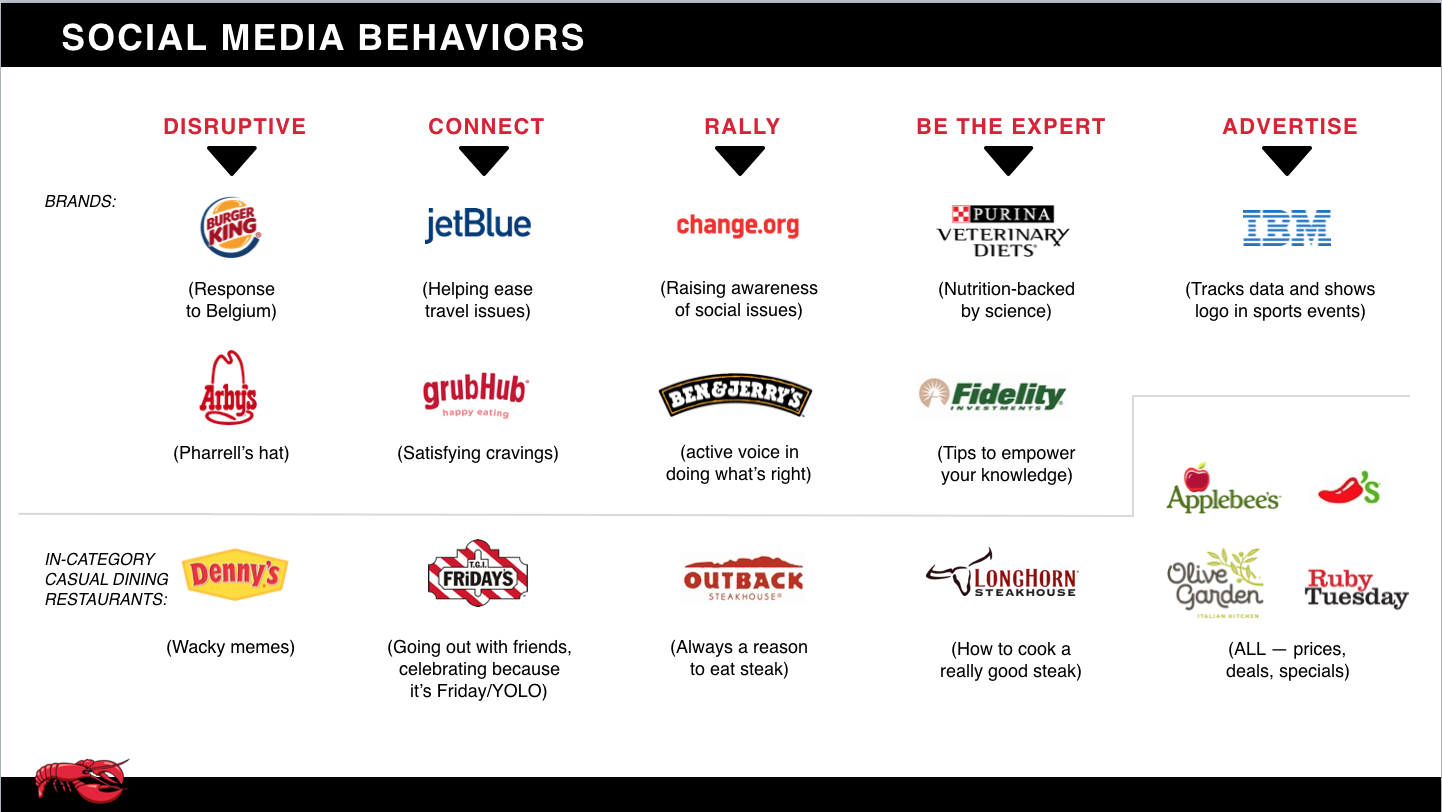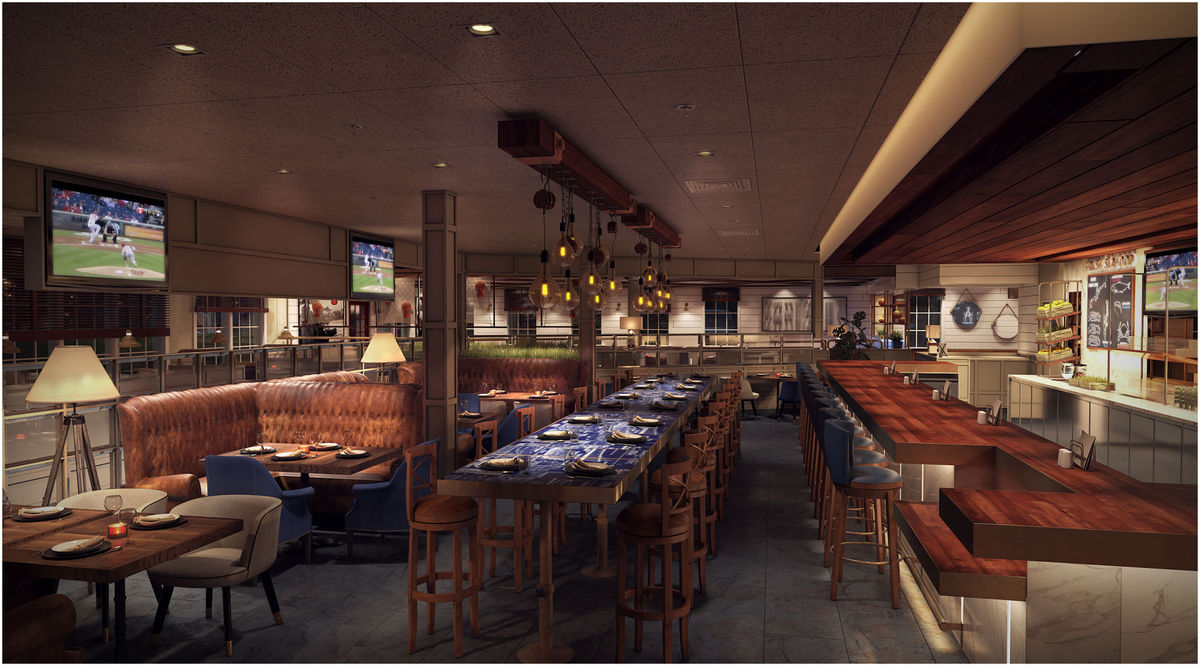Red Lobster
Repositioned for next generation of dining and restaurant experience
Brand Positioning, Content Strategy, Experience Design, and Data Analysis
Overview
A cohesive repositioning, communications, and service design to improve the overall dining experience
Since going private in 2014, Red Lobster has been making improvements in its food and dining experience. The restaurant chain started catering its menu to interesting food trends and the additions of wild-caught Alaska Sockeye Salmon, lobster tacos, and new flavors like chimichurri, and spicy Tennessee bourbon shrimp.
We collaborated with Red Lobster’s marketing and innovation teams to improve the guest experience. We developed an integrated brand and digital communications strategy where we launched with a new campaign, introduced new food items, and played a more active role in social media.
Working in a team of 30 at Publicis, I led the strategy and experience design to bring the next generation of dining to life. I led qualitative research and interviews, crafted personas, designed consumer journey and empathy maps, briefed creative teams, and led inter-agency PR and media teams. I supervised three strategists who were motivated and multi-talented across brand, marketing, and digital strategy.
Defining Goals
Reinventing a 50 year old brand for a younger seafood loving audience
Casual dining restaurants are on a general decline across the U.S. Year-to-date in-restaurant traffic growth has fallen by 3 percent, when compared to the drop of 0.8 percent for all of 2015, according to data from TDn2K, Restaurant Industry Insights and Analytics Group.
Meanwhile the category is shrinking, popularity for fast casual restaurants (like Panera Bread, Chipotle, Mendocino Farms, etc.) have been growing in the last decade because customers want less expensive meals and have placed an importance on fresh ingredients.
Culturally, we are seeing a lifestyle shift towards conscientious eating among American families.
People are more aware than ever about they put in their bellies. Since the 1990s Americans have been educated that eating certain foods lead to a healthier life.
We are also experiencing an attitudinal shift towards a farm-to-table, slow food lifestyle. This culture view is widely held in dense, urban cities and emphasizes knowing where your food comes from and eating food that is whole, nutritious, and free of additives.
Yet, people still have memories of going to their local Red Lobster and the feelings of joy it brings them. The brand felt outdated, expensive, and old-fashioned. How do we revive a 50 year old favorite, and make it a worthy destination for a younger audience, like Millennials, to enjoy seafood?
Exploring
Getting to know our customers and beyond
Red Lobster customers are aging. A research study showed our design audience should be about 90% of mostly Baby Boomers or empty nesters who come back for the traditional dishes they know and love, and 10% of approximately young Millennials who are more adventurous, they spend money on experiences and enjoy trying new flavors.
We wanted to learn more. Like what makes them tick? What are their needs, wants, desires? And how do they choose a restaurant for a night out?
Our team decided to learn beyond segmentation studies and conduct primary research. I led a qualitative study where I interviewed people ranging from ages 18-65+ who enjoyed seafood and listened to their experiences eating at Red Lobster.
I synthesized my findings and came up with a new persona to represent our design target, shown below.
Alicia is a busy Mom who enjoys taking her family out as a fun celebration and reward.
She values eating healthy but isn't doesn't restrict herself from good food. She splurges on seafood and comfort cuisine and dines out 1-3 times a week. She makes 100% of dining out decisions.
Alicia's goals are to encourage her children to eat fresh seafood and try new things. She is an adventurous eater and strives to teach her kids where food comes from and what is good for you.
She uses text message and social media to communicate with friends, family, and co-workers. She consumes social media posts, pictures, and video all on mobile and can't seem to put down her phone.
Exploring
Alicia's consumer journey shows what she is thinking, feeling, and experiencing when choosing a restaurant.
A map of her 'connected experiences' provides a solid foundation to think critically and craft design solutions. Below is the guest journey map for the primary persona, Alicia.
Connecting people over seafood discoveries
Our design target uses social media heavily and in order to reach and connect with Alicia, Red Lobster needed to have a significant role in social media. We understood that the most active brand communities have a verbal identity that truly focuses on connecting people with storytelling.
I decided to dig further and understand the social media behaviors of our competitors. We found that:
Brands with clear purpose on social media resulted in a loyal fan following.
Brands with active social media communities tell authentic stories that are not plain or domineering.
As a result, a consistent, strong verbal identity and Red Lobster DNA needed to be deployed
Activate the Scout tone of voice across all connected touchpoints from social media, marketing, and service design
A range of categories and well-known examples are shown below.
By having an understanding of how our competitors' behaved on social media we identified a white-space opportunity where Red Lobster would make an impact.
“Millennials are very social. They like to share experiences with friends and they like to dine in groups, and Red Lobster is well set up to handle large parties.””
Millennials are a significant design target in Red Lobster's reinvention. We focus a big deal figuring out how to craft the stories that connect with her and determine a healthy balance of content and information she needs to make Red Lobster her Saturday night out.
Refining
The social mission statement is a key part of Red Lobster's verbal identity.
I led a workshop with key stakeholders and together we came up with the three inputs, the consumer benefit, the brand purpose, social influences, and ultimately crafted a social mission statement for Red Lobster.
The social mission statement sums up the aims and values Red Lobster brings to social media, below.
We went straight to work on a new content strategy framework.
Some of Alicia's goals are to educate her family about the importance of where food comes from and celebrate with friends and family. She is also big fan of food trends, comfort food, and seafood, of course.
We made sure our content framework supported themes around big, bold flavors, sustainable seafood and fishing sources, and fun ideas around celebrations. Below is an example of a new content framework with creative themes for social media activations.
Components
Commitment to fresh seafood & sustainability
In addition to service design, we introduced the Fresh Seafood Campaign that illustrates our commitment to fresh and healthy options, seasonal vegetables, and sustainable seafood standards.
Integrated campaign and social media features fresh seafood campaign elements
The intel from our persona, Alicia and her dining journey provided an opportunity to rethink our creative campaign.
We introduced our Fresh campaign with creative elements like fresh crab stored in ice, made-to-order garlic sauce, sliced green onions, and an overall new focus on seasonal ingredients.
“We’re excited to invite guests to come re-experience Red Lobster - our regulars who we’ve had the pleasure of getting to know over the years, those who share their special celebrations with us, and those who maybe haven’t dined with us in some time.”
Focused website design
Our customer journey showed that in the discovery and compare phases, food selection and affordability, were big reasons why users would check out a restaurant’s website. I designed the landing page to feature relevant information when planning a night out.
Results
Why would the middle-aged seafood spot be the new millennial go-to?
Within one year of our service redesign, we witnessed 33% increase in sales growth nationwide. Nielsen reported a 25% increase in brand health as a result of our new campaign.
Red Lobster has kept up with food trends, remodeled a number of outposts, and leaned into social media heavily. Red Lobster wasn't targeting Millennials in particular when it decided to make these changes, but instead have been focusing on making improvements overall as told to Business Insider .
Red Lobster isn't just winning over millennials, however; it's also gaining ground among all customers, according to the Nation's Restaurant News survey. The chain ranked fourth this year among all casual-dining restaurants, up 10 places from last year's survey.
Let's work together
I'll partner with you to hone in on a strategic vision, uncover users' needs, and launch a brand, product, or service that stands out.





















